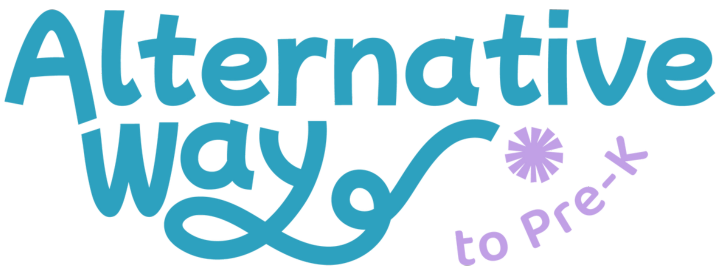Understanding Behaviors
Let’s dive into behaviors! In a classroom, we often think of behaviors as unwanted actions or attitudes. But did you know everything we do is a behavior? Whether it’s tapping a pencil, talking to a coworker, or even reading this post—it’s all behavior.
So, what is behavior? It’s anything a person says or does that can be observed or measured. And here’s the big takeaway: whether we see a behavior as positive or negative, it’s always a form of communication.
Functions of Behavior
Every behavior serves a purpose. In special education, understanding these purposes—or functions—is key to addressing challenging behaviors effectively. There are four main functions of behavior:
- Attention – Seeking attention, positive or negative.
- Escape – Avoiding a person, task, activity, or situation.
- Tangible – Trying to gain access to an item, activity, or person.
- Sensory – Seeking sensory stimulation or managing overstimulation.
Sometimes, a behavior can have more than one function, which makes data collection and analysis even more important.
How to Identify the Function of Behavior: ABC Data
To figure out why a behavior is happening, we use ABC data:
- Antecedent: What happens right before the behavior?
- Behavior: The observable action or response.
- Consequence: What happens immediately after the behavior?
Let’s break it down with an example:

- Scenario: Ryan is playing in the housekeeping area. The timer goes off. Ryan runs out of the classroom, and the teacher chases after him.
- Antecedent: The timer goes off.
- Behavior: Ryan runs out of the classroom.
- Consequence: The teacher chases after him.
This sequence shows how behavior connects to its triggers and outcomes. While one data point isn’t enough to determine a behavior’s function, patterns over time can give you valuable insights.
Collecting and Analyzing ABC Data
To effectively track behavior patterns, use an ABC data collection form (don’t worry—I’ve created one for you! You can download it HERE). Track behavior for at least two weeks to gather enough data for analysis.
When reviewing your data, look for trends:
- Does the same antecedent consistently trigger the behavior?
- What consequences are reinforcing it?
Using the Ryan example above, we might infer the behavior’s function is escape (leaving the classroom to avoid something) or attention (getting a reaction from the teacher). Additional data points would clarify this further.
Next Steps: Intervention and Replacement Behaviors
Once you’ve identified the behavior’s function, you can develop a plan to address it. This might include:

- Teaching a replacement behavior that serves the same function (e.g., asking for a break instead of running away).
- Adjusting antecedents to prevent the behavior from occurring.
- Modifying consequences to reduce reinforcement of the undesired behavior.
By using ABC data, you can take a systematic approach to support your preschoolers in developing more appropriate ways to communicate and interact in the classroom.
Remember, behaviors are just a way of saying, “I need something!” With the right tools and strategies, you can help your students thrive.

